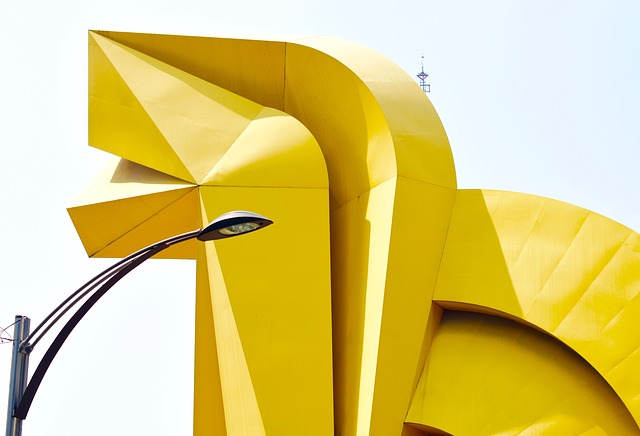
There’s a lot and lot of talk about innovation and design thinking being crucial to helping a business respond to rapid and dramatic change.
Large businesses have engaged large design companies like Continuum and IDEO, design companies who have reinvented their services to better leverage design thinking to deliver business innovation that is beyond the visual, beyond the traditional outcomes associated with design companies.
In his book The Designful Company, author and designer Marty Neumeier extolled the virtues of companies behaving more like designers when responding to challenges. He talked about employing designers on the board of directors, to add their perspective to the traditional, conservative mix.
Paola Antonelli from the New York Museum of Modern Art, in a recent The Economist article, talked about designers evolving beyond the current “reductive specialisations” into applied and theoretical streams, leveraging their skills as general problem solvers, thinkers and visualisers. In 25 years.
Which now begs the question – which businesses are actively employing designers in non-design roles today? How many businesses are willing to step over the in-the-box hiring practices of the entrenched recruitment industry?
“Good design is good business” – Thomas Watson Jr., IBM. Who dares, wins. Daring is the challenge.
The inertia around hiring designers purely for their reductive specialisations is very strong. Because it is easy to do and easy to justify, with minimum thought and risk involved.
I know this first-hand from a decade or so of actively seeking out design work that is more focused on utilising my pattern identification, situation/need clarification, process innovation, and problem solving skills; rather than my more reductive specialities like user interface or web application design.
I have been lucky on a few grand occasions, somehow landing in fun and interesting projects to be involved in that gave me just that mix of the right challenges. Challenges that drove my evolution as a designer beyond the visual. And I could do with more of these, more consistently. And that is the next big challenge.